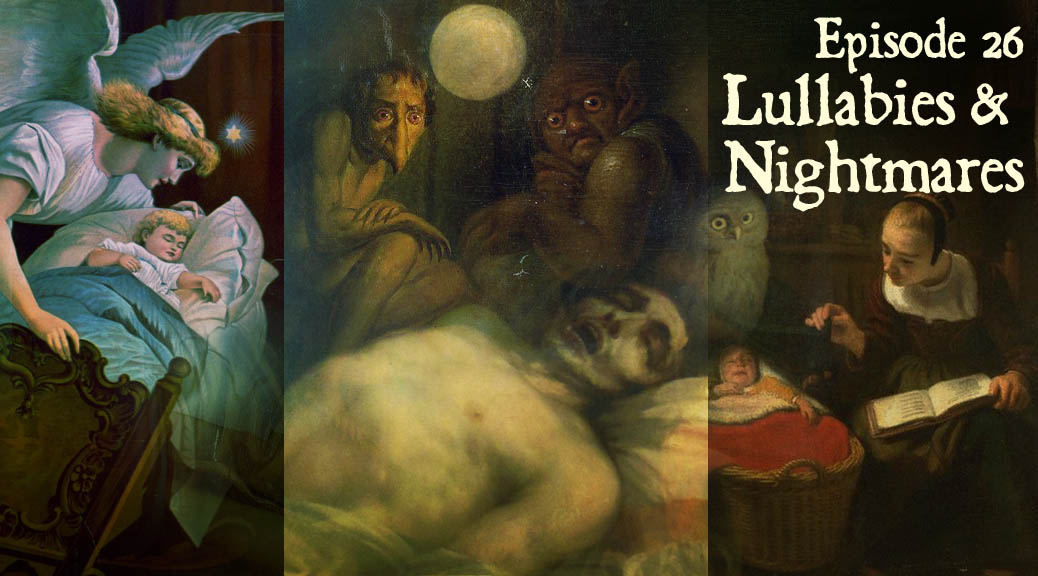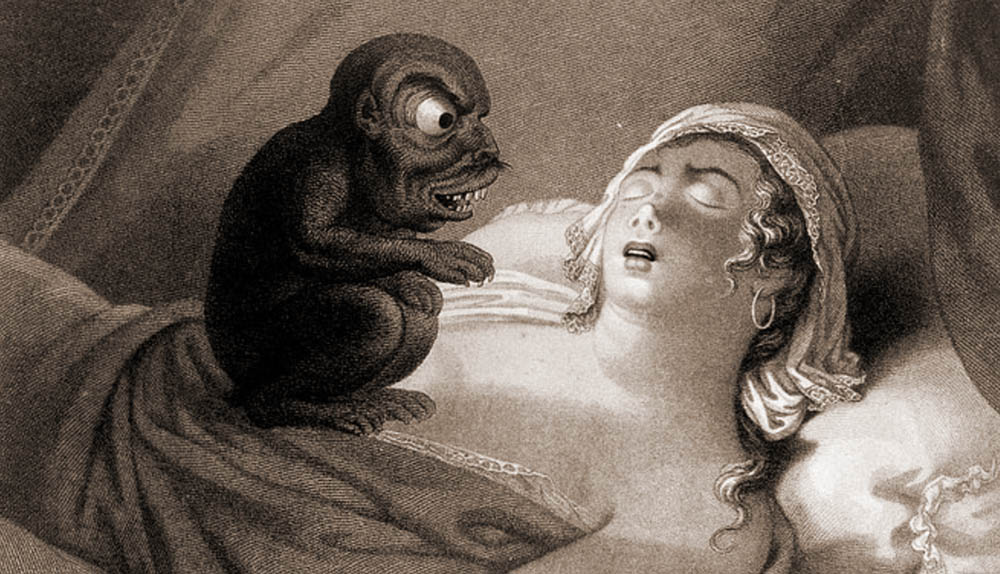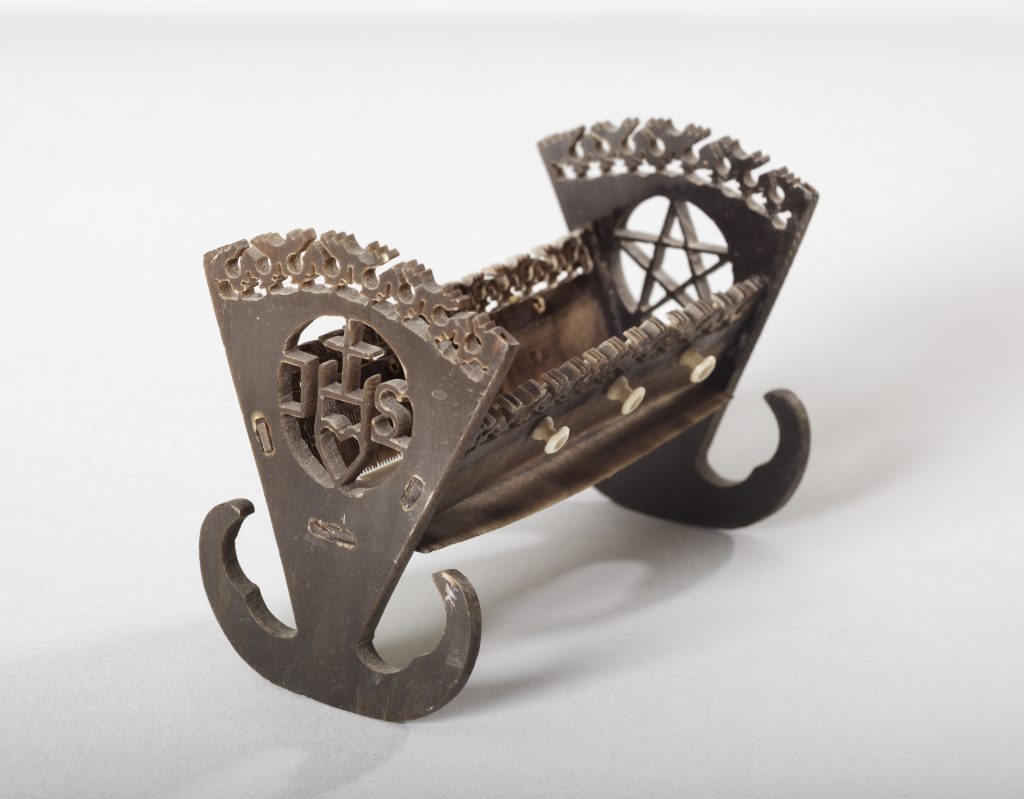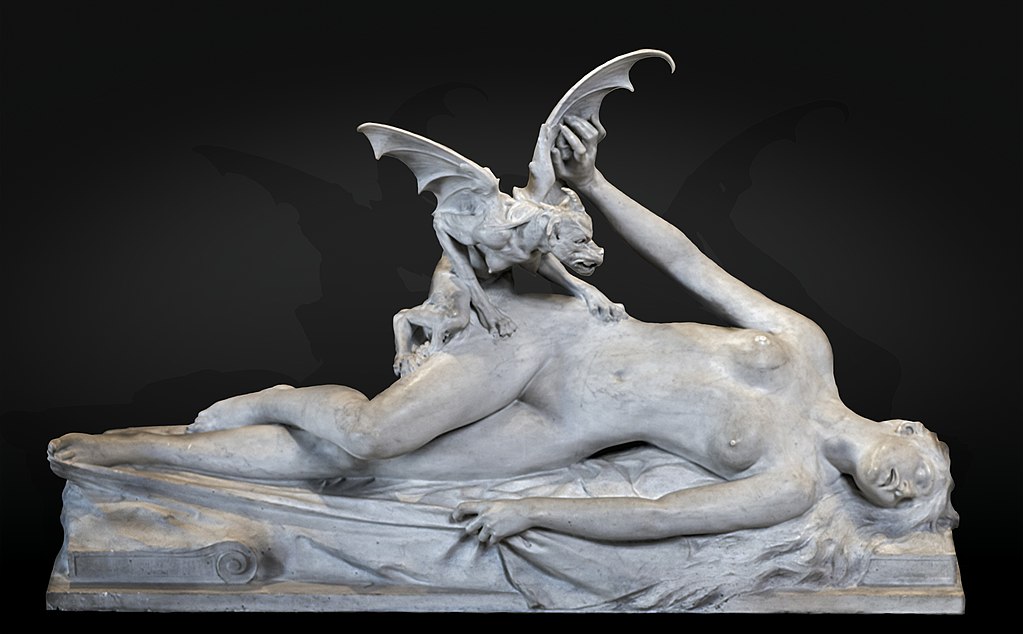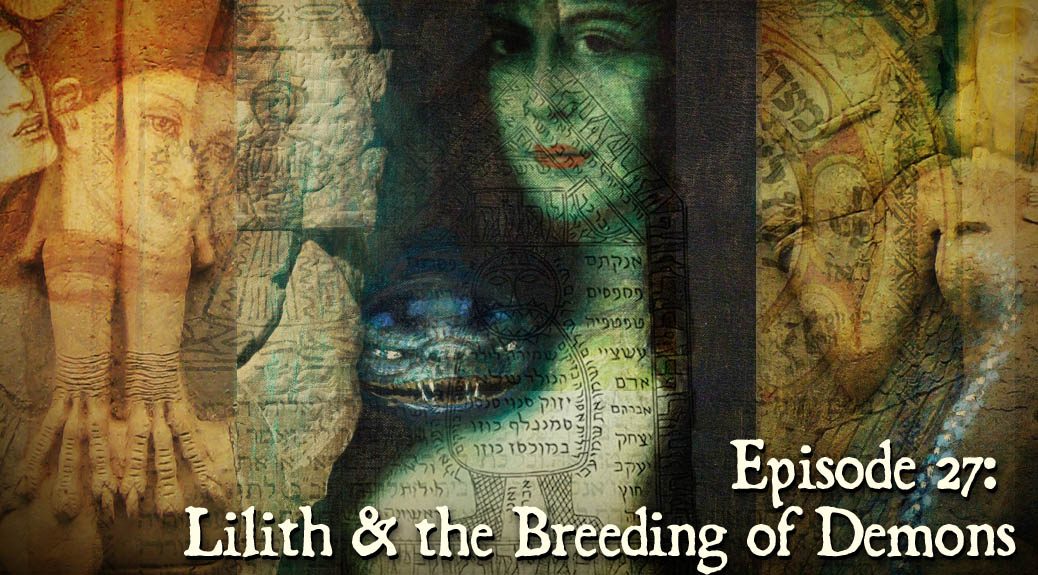
#27 Lilith and the Breeding of Demons
Podcast: Play in new window | Download (Duration: 42:00 — 38.5MB)
Subscribe: Apple Podcasts | Spotify | Android | Podchaser | RSS | More
Our episode continues from our last with more terrors of the night, the incubi, sucubi, and the most notorious succubus, Lilith — and the breeding of demons
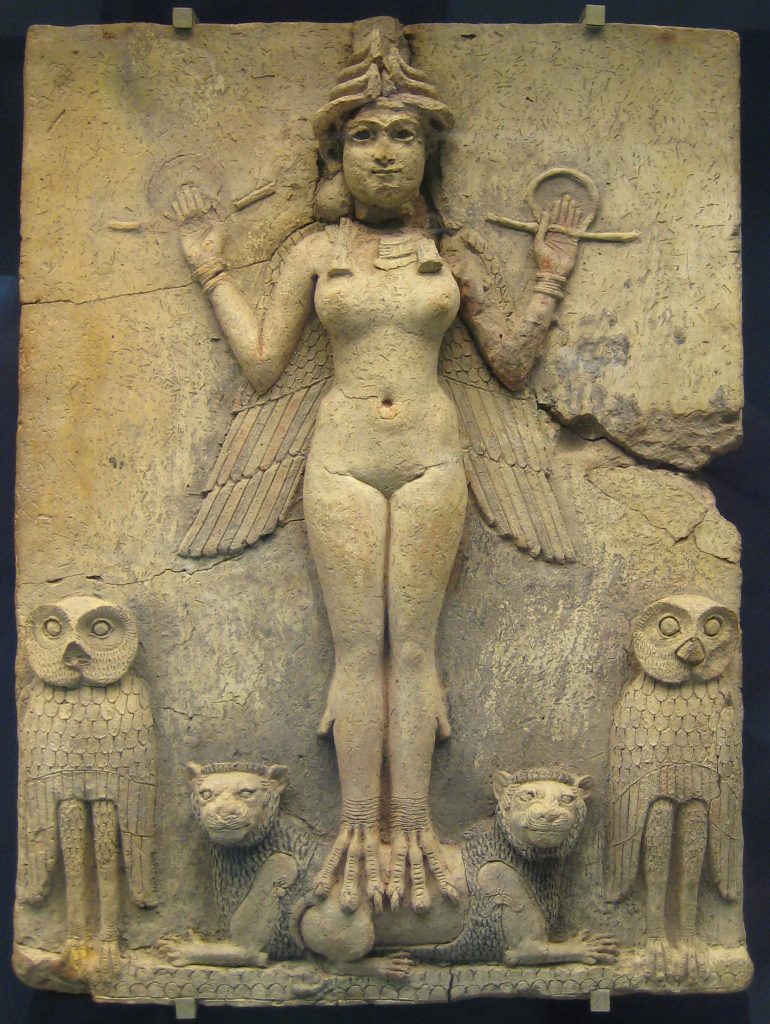
We begin with a quick nod to the shoddy treatment the topic of the incubus has received in films, as represented by the 1981 misfire, Incubus. From there, we jump to the Middle Ages, clarifying with a quick quote from Claxton’s Chronicle, the role of the succubus as seducer of men, and the incubus as threat to females. A few words from St. Augustine make clear a connection with other pagan figures with lecherous reputations, and a quote from King Jame’s Daemonologie offers a more innovative notion that the incubus and succubus are two faces of the same demon. Each fulfills what Augustine sees as the purpose of the paired demons — the succubus to collect the male’s semen and the incubus to convey this to the human female.
The offspring of these demonic/human pairings (with infants nursed by the succubi) are called “cambions” by the demonic-obsessed imagination clerics, but in secular folklore are virtually “changelings.” We hear of some legendary cambions, including Merlin, the hero Hagen of the Völsung saga, and Alexander the Great (the last in a tale related by Wilkinson).
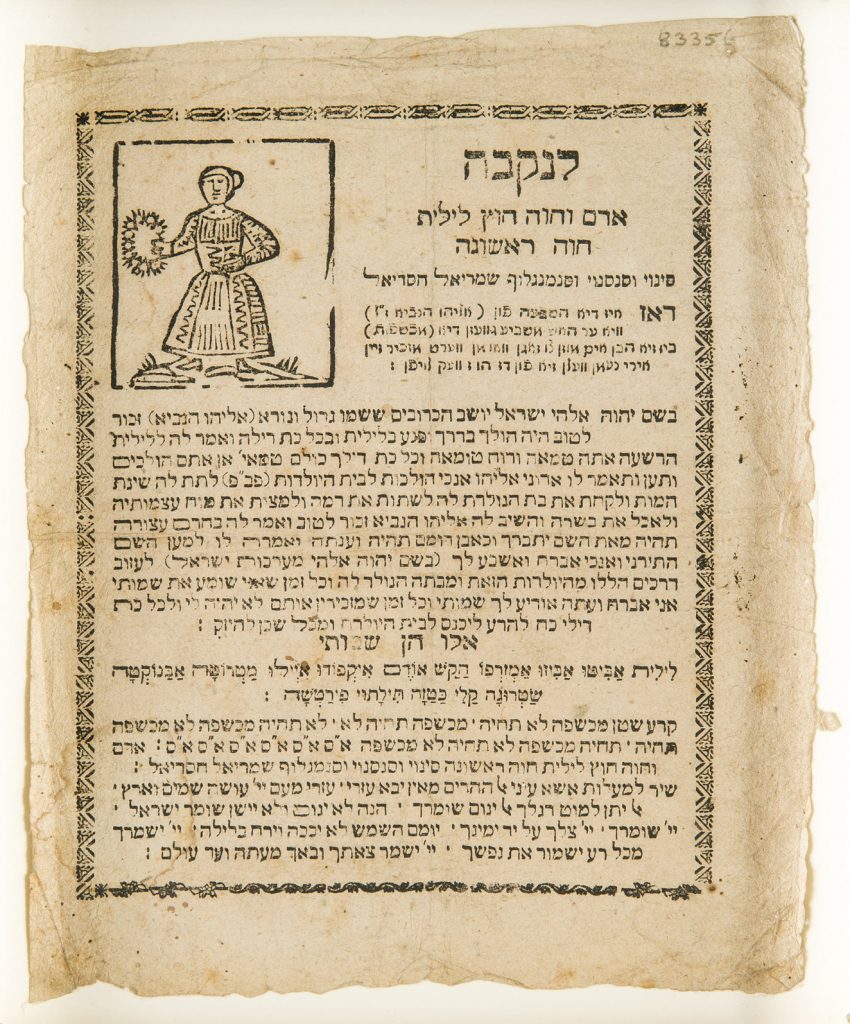
There follows another nod to the cinema’s sleazy representation of the succubi and Lilith (films linked below). From there, we make a brief survey of Lilith in high culture, in Michelangelo’s “Temptation” mural depicting her in the Garden of Eden on the ceiling of the Sistine Chapel, her brief appearance at the Walpurgisnacht scene in Goethe’s Faust, and the outrageous portrayal of Lilith and Satan in the “un-performable” Decadent play of 1891, Lilith, by Remy de Gourmont.
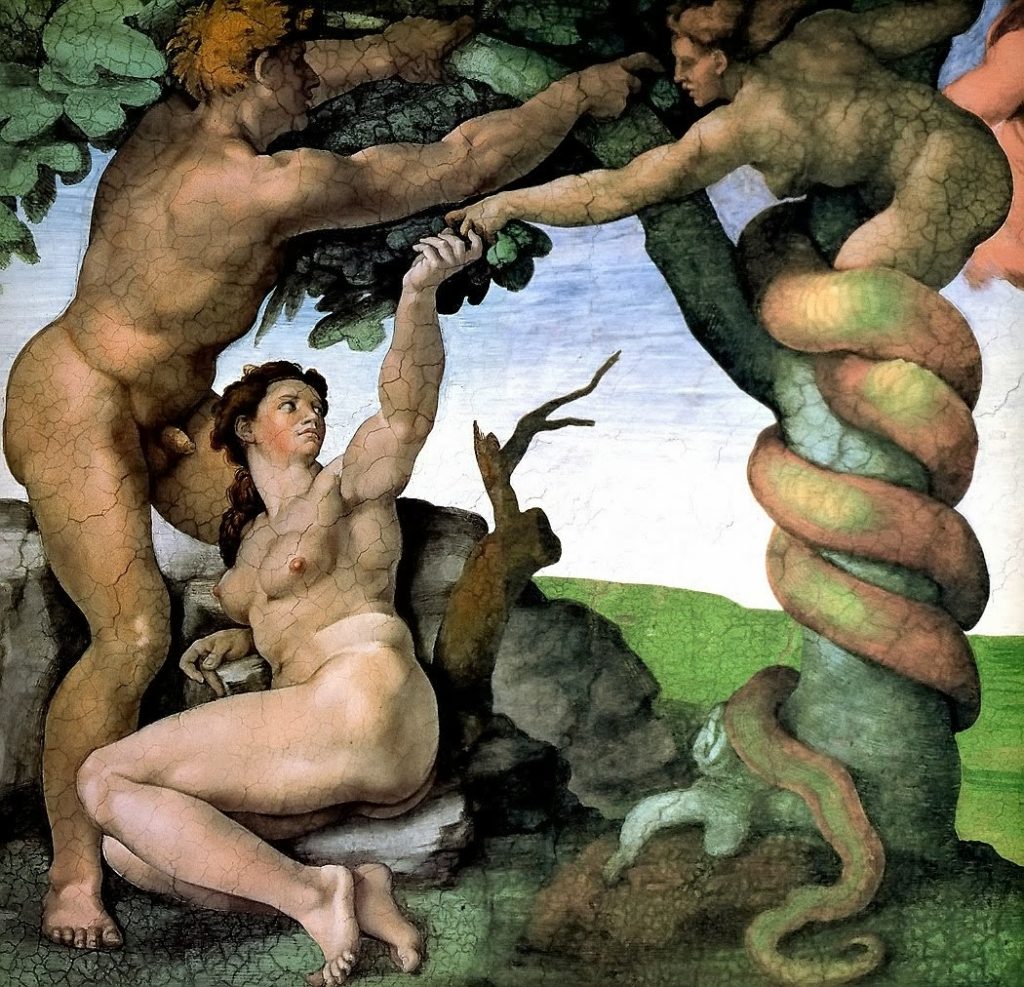
Our look at the more ancient history of the figure begins with an Old Testament reference to Lilith as a denizen of an enemy kingdom reduced to a haunted desert wasteland by Yahweh in the book of Isaiah. The Hebrews, we learn, borrowed the figure of the child-snatching, murderous, Lilith from the Babylonians/Akkadian storm and wind spirits known as the lilitu. An individualized and somewhat elevated specimen of this class seems to be the demi-goddess Lamashtu, whom we hear fearfully described in Wilkinson’s reading of an ancient hymn to this destroyer who shares many traits with the Hebrew Lilith. We also learn of a Lamashtu’s second-hand connection to the 1973 film The Exorcist.
After a quick look at Lilith’s later appearance in the Dead Sea Scrolls, we medieval Jewish legends. including The Alphabet of Ben Sirach, which first cast Lilith as Adam’s first wife, the Midrash Abkir, which described Lilith’s rape of Adam and their breeding of demons, and finally references to Lilith’s marriage to the demonic archangel Samael, in The Zohar and Treatise on the Left Emanation, a powerful pairing sometimes referred to darkly as “the other god.” We also find out about other legends with placed Lilith in a harem of wives belonging to Samael, including the demonesses Agrat bat Mahlat and Isheth Zenunim. Wilkinson provides us with a final, dramatic narrative from The Zohar describing the seduction and damnation of a foolish man at the hands of Lilith.
The show closes with an examination of the 1966 film, Incubus, starring William Shatner (before he was Captain Kirk). We learn about the curious decision to shoot the film in the artificial language of Esperanto and the alleged “curse” that haunted the production.
https://www.youtube.com/watch?v=eNzhx64s7IU
Clips from films used in the episode but not mentioned above include: Serpent’s Lair, Succubus: Hell Bent, But Deliver Us from Evil, Lilith, Lilith’s Awakening, Evil Angel, and The Chosen.
